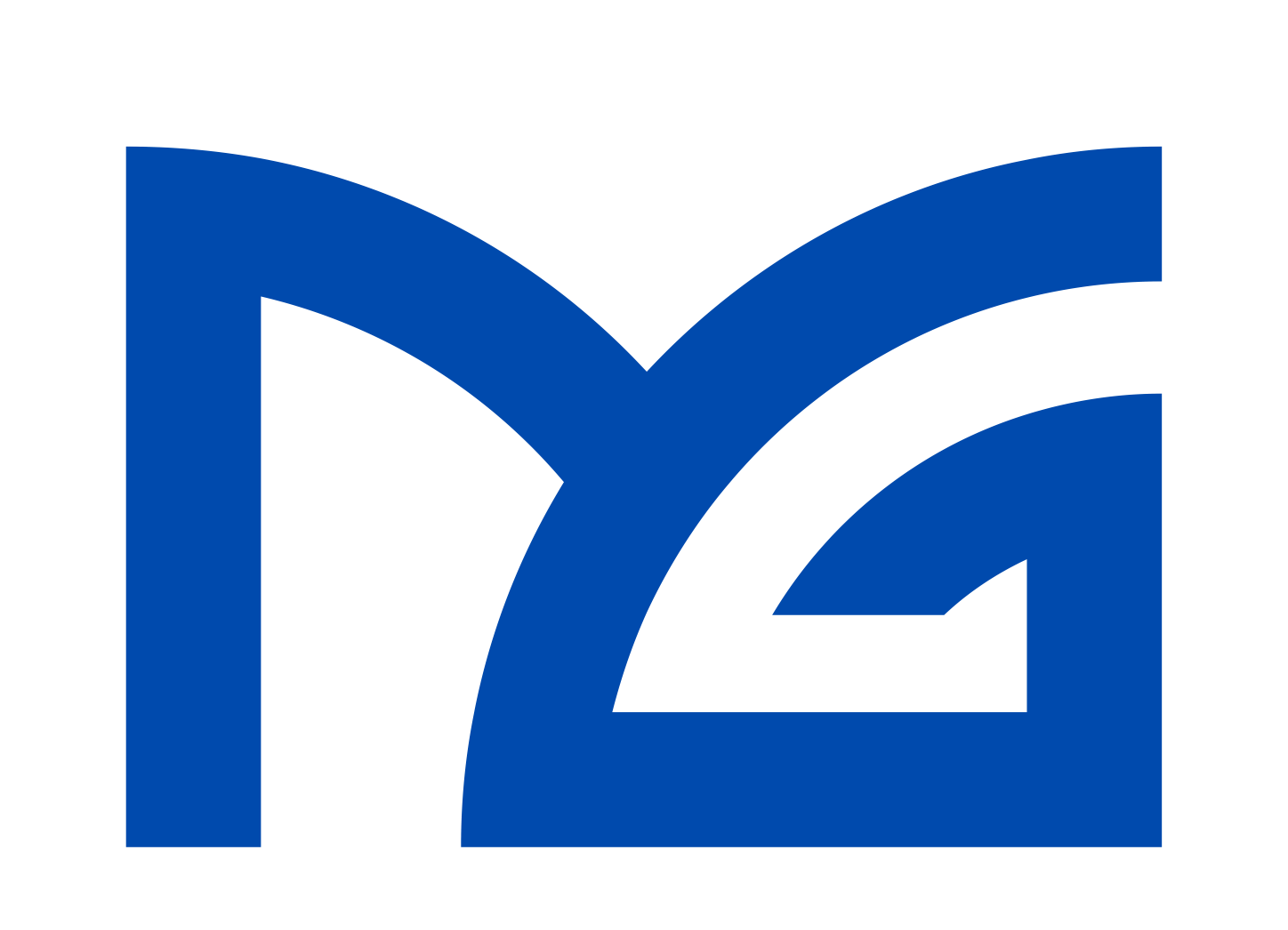Medical billing outsourcing: what are the benefits?
Aside from taking care of patients, the essential things a healthcare organization does are medical billing and revenue cycle management. Most doctors find it hard to decide whether to hire a company for it. The answer depends on the size, scope, market position, and finances of the practice, but the answer is a loud “yes” when it comes to medical practice.

Need to be convinced to hire a medical billing service or want to know what to look for in one? This article will focus on understanding the benefits of outsourcing these services.
Questions to ask yourself before you hire someone else to do your medical billing
Billing and other financial services are essential for making and managing money, so you shouldn’t take them for granted. Before figuring out the best way to outsource medical billing, a medical practice needs to look closely at its staff, daily costs, and volume indicators.
Isn’t it better to have someone else handle your medical billing?
If done right, outsourcing medical billing could have several benefits. Here are some examples that we could look at:
Administrative tasks are made easier
The doctors on your team didn’t become doctors, so they could be asked about paperwork. When you outsource medical billing, you might save money on hiring and training administrative staff. Then you’ll be able to help your clients. Hiring a billing service gives your healthcare center or private practice more time to do other things.

Saves operational costs
Outsourcing medical billing is a great way to avoid the extra costs of doing it in-house. Insurance premiums, training for employees, setting up software and a payroll system, and other costs are extra. By spending less time and money on payments and compensation, medical facilities may be able to make big changes for the better.

Smaller medical practices don’t have enough money to pay for a fully staffed billing department. They must manage their finances with limited resources and workforce. One way to solve this problem is to hire a physician billing service, which will help you switch to a more sustainable mode of working your revenue cycle and could cut your billing costs by as much as half.
Faster Processing
When a third party does medical billing, there are fewer mistakes, which speeds up payments and reimbursements. This makes the system more efficient and brings in more money because clients who are used to getting things right away in the digital age are drawn to a streamlined processing system.

Another way that medical billing services increase reimbursements is by sending out payment reminders on time. This makes it easier for patients who have been late in paying.
More money, more transparency
Contrary to popular belief, outsourcing medical billing does not mean handing over all of a practice’s money to someone they don’t know. In exchange for payment, a third-party billing service will track and report on several indicators that are important to you.

This gives you a unique view into the revenue cycle of your business. A billing service will deliver detailed performance reports that include information about the work done and the results. You won’t be told what to do every step of the way as you deal with payment problems, delays, or other money issues as they come up.
reduced probability of mistakes
A business will fail if it doesn’t have good billing and management practices, no matter what field it is in. Similar problems happen in practice when billing mistakes like improper authorization, double billing, mishandling patient information, etc., stop income. By hiring a company with the best medical billing software to do the job for you, you can be sure that it will be done well, saving you money and making you more money. Because of this, the field of medicine gains both credibility and hope.
How to Choose an Outsourcing Company for Medical Billing
Outsourcing your medical bills can save you a lot of money and stress, but you have to do it right if you want credit. You need to choose a reliable billing service for your business to do well. When doing this, it’s essential to keep a few things in mind, like how fast the company processes insurance claims and how good its services are.
Find out if monthly financial reports will be sent, what kind of information they will include, how well-trained their employees are, and how easy it will be to get in touch with specialists who can handle your current accounts receivable (A/R).
- Published in Analysis, IT Solutions
Medical Billing: A Complete Guide On Medical Billing Process
In the healthcare industry today, being good at medical billing is a must if you want to be financially successful. Most people have health insurance and use it when they go to the hospital. Because of this, medical professionals must carefully handle their patients’ medical claims to keep things clear and efficient. This article provides a complete guide to medical billing, talks about the many steps that go into providing medical billing services, and gives tips on how to do those steps well.
What is medical billing?
Medical billing refers to the procedure of filing claims with insurance providers for reimbursement of medical expenses. Medical billers make sure that medical services are turned into billing claims and then check on those claims to make sure that the organization gets paid. A healthcare provider’s office may make more money using professional medical billing services.

A medical biller needs to gather a lot of information to fill out either the CMS 1500 (for billing by doctors) or the UB-04 (for insurance claims) (hospital billing).
Patient Data
At the top of the CMS 1500 Form is information about the patient, such as their name, address, date of birth, sex, and insurance.
Medical Data
The main body of the CMS 1500 has the patient’s medical information, such as the date of the injury or illness and the diagnosis given by the doctor. The ICD (International Classification of Diseases) Coding Manual codes show what is wrong with the patient.
Data on services rendered and charges
In the bottom part of the CMS 1500 Form, there is a list of the doctor’s services and the fees that go with them. Medical operations are recorded using Current Procedural Terminology (CPT) codes.
Revenue Cycle Management
Medical billers get information from patients, then fill out insurance claim forms and send them to get paid. The medical biller has to quickly and correctly add up all of the costs for both the patient and the insurance company. The amount left over is subtracted, calculated, or collected.
How Does Health Insurance’s Medical Billing Procedure Work?
Medical billing involves eight core steps. Specifically, these measures consist of the following:
- Registration
- Resolution of Responsibility for Patient Visit Costs
- Oversight of the In-and-Out Process for Patients
- Compliance Checking for Coding and Billing Purposes
- Claims Filing and Transmission
- Exploring the Process of Payer Adjudication
- Making invoices and statements for clients
- Collections and Payments to Patients Assigned
Let’s look at each of these processes independently.
Acquiring Patient Information
Before billing can start, the patient must first be registered. To begin the registration process, a patient must first indicate interest in scheduling an appointment by calling a healthcare practitioner. When treating a new patient, it is standard practice to record pertinent personal data such as the patient’s name, date of birth, likely diagnosis, and health insurance details. This section also has information about the patient’s insurance, like the type of coverage, the name of the insurance company, and the policy number. Medical billers will verify this data and create a patient record from it. If you are a regular at a particular medical center, you won’t have to go through all this each time you see the doctor.
Verification of sufficient funds
Make sure they can get the medical care they need by finding out what their insurance covers. Patients are told about elective procedures that are not covered by insurance. They will have to pay if they want to participate.
Oversight of the In-and-Out Process for Patients
You can easily keep track of a patient’s check-in and check-out by having them fill out a few forms when they arrive and leave. New patients at a doctor’s office may need to fill out some extra paperwork and review their medical records to point out any discrepancies they find. As part of the security check, patients must show a valid photo ID from the government (like a driver‘s license or passport) and an insurance card.

Medical coders are the unsung heroes of the healthcare industry; they take the patient’s medical report and turn it into actionable medical codes as soon as the patient checks out. To submit a claim to health insurance, a “superbill” is required. It has information about the patient’s medical history, the services they received, the medical provider, and basic patient information. After that, it is sent electronically to a medical biller.
Compliance Checking for Coding and Billing Purposes
The medical biller inputs the superbill into the electronic or paper claim form. In addition to filing claims, a biller is also responsible for making sure that the codes used are correct. The Health Insurance Portability and Accountability Act (HIPAA) and its Inspector General’s (IG) guidelines are generally adhered to.
Claims Filing and Transmission
HIPAA says that primary transaction claim forms must be filed online. Procedures for the billing cycle of medical insurance reduce the number of handwritten claims. Third-party healthcare providers may speed up the process of sending in claims and make it easier for people.
Methods of payer resolution
The insurance provider will look into medical bills that say services were done outside of the network. Follow the rules for patients and payers. Medical facilities need to check their claims to avoid problems in the future.
Making invoices and statements for clients
When a claim is handled, the information from the biller’s reports is used to create the patient’s medical bill. According to the agreement, the payer will pay the agreed-upon amount, and any leftover funds will be provided to the patient.
Collections and Payments to Patients Assigned
The last phase of medical insurance billing involves double-checking all charges and reimbursements. When a patient pays their bill, the billing department keeps track of that transaction. The biller is liable for the healthcare provider’s repayment in case of a payment delay, including issuing reminder invoices, making direct contact with patients, or even involving a collection agency.
What is software for medical billing?
Through medical billing, healthcare providers and the health insurance companies of their patients talk to each other. Compared to handling most or all of the information by hand on paper, using the software saves a lot of time.
You should know that medical billing software can process claims. Before sending them out, the system checks each claim and the codes it uses, so you can fix any mistakes or problems with the codes before sending. Every piece of medical billing software needs to be able to check a patient’s insurance and eligibility.
Before therapy starts, having this information will be helpful for both the patient and the staff (in case there is no coverage, the patient will not have a rude surprise, for example).
Medical billing software may personalize electronic statements for each doctor and save time. The software keeps track of information about unpaid claims. Software for medical billing should remind people to pay.
If you do your medical billing using software, here are some ways to make more money and get more done:
- The billing information on the website should match the most up-to-date information in your system.
- Put up a sign in the office explaining how to charge, like one on the lobby’s wall.
- Check that all the information about the patient is correct to avoid billing delays caused by clerical mistakes.
- Use the latest version of your revenue cycle management program. If it finds any problems, it will let you know so that you can fix them immediately.
Key Takeaway:
- “Medical billing” involves putting in claims to pay for medical services.
- Medical coding differs from medical billing because it involves keeping track of each patient’s diagnoses, treatments, and follow-ups.
- Using software installed on local servers can make medical billing easier.
An independent medical billing firm may help your clinic be more effective and profitable when you consider all the chores they can do. If you are looking for professional medical billers to take care of your medical claims and revenue, contact us and get the best quote.
- Published in IT Solutions, Uncategorized


